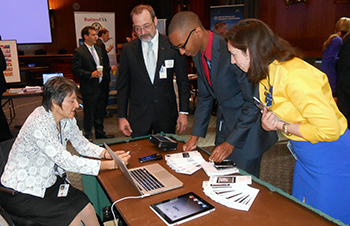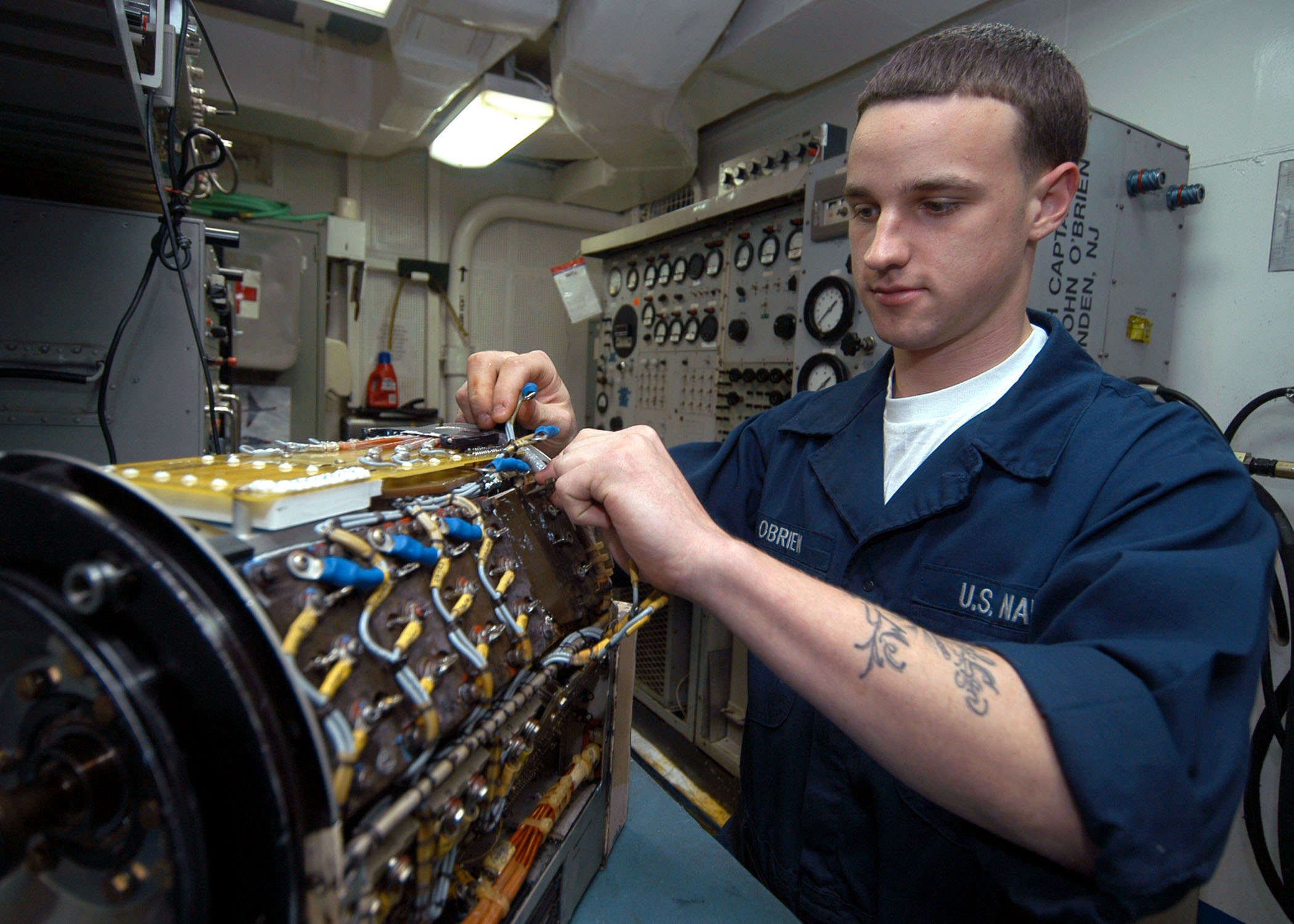Amputation rehabilitation can seem like a daunting task. There are many things to keep in mind when starting this process. Here are three main points to help you get started,
The first main point is to make sure you have a support system in place. This could include family, friends, or even a support group for amputees. It is important to have people to lean on during this tough time.
The second main point is to stay positive. It might seem impossible at times, but it is important to try and see the glass half full. There are many success stories of people who have gone through amputation rehabilitation and come out the other side stronger than ever before.
The third main point is to be prepared for a long journey. Amputation rehabilitation can take months or even years. It is important to be patient and take things one day at a time.
If you keep these three points in mind, amputation rehabilitation will be a little bit easier. Remember, you are not alone and there is always light at the end of the tunnel. Stay positive and stay strong.
How does this rehabilitation work?
The main goal of amputation rehabilitation is to help the patient regain as much function and mobility as possible. There are a few different ways this can be done:
- Physical therapy: This helps to stretch and strengthen the muscles around the amputated area.
- Occupational therapy: This helps the patient learn how to complete everyday tasks with their new body.
- Counseling: This helps the patient deal with the emotional effects of amputation.
Each person’s journey through amputation rehabilitation will be different. Some people will recover quickly while others will need more time. It is important to listen to your body and do what is best for you.
Is it expensive?
The cost of amputation rehabilitation will vary depending on the type of treatment you need. Some insurance plans will cover all or part of the cost. You can also talk to your doctor about financial assistance options.
What are the risks?
There are some risks associated with amputation rehabilitation, but they are usually minor. These include:
- Infection
- Bleeding
- Pain
- Swelling
If you experience any of these side effects, please contact your doctor immediately.
What is phantom pain?
Phantom pain is a type of pain that can occur after an amputation. It is caused by the nerves in the amputated limb sending signals to the brain. Phantom pain can be mild or severe, and it may come and go. There are treatments available to help relieve phantom pain.
We hope this information on amputation rehabilitation was helpful.




